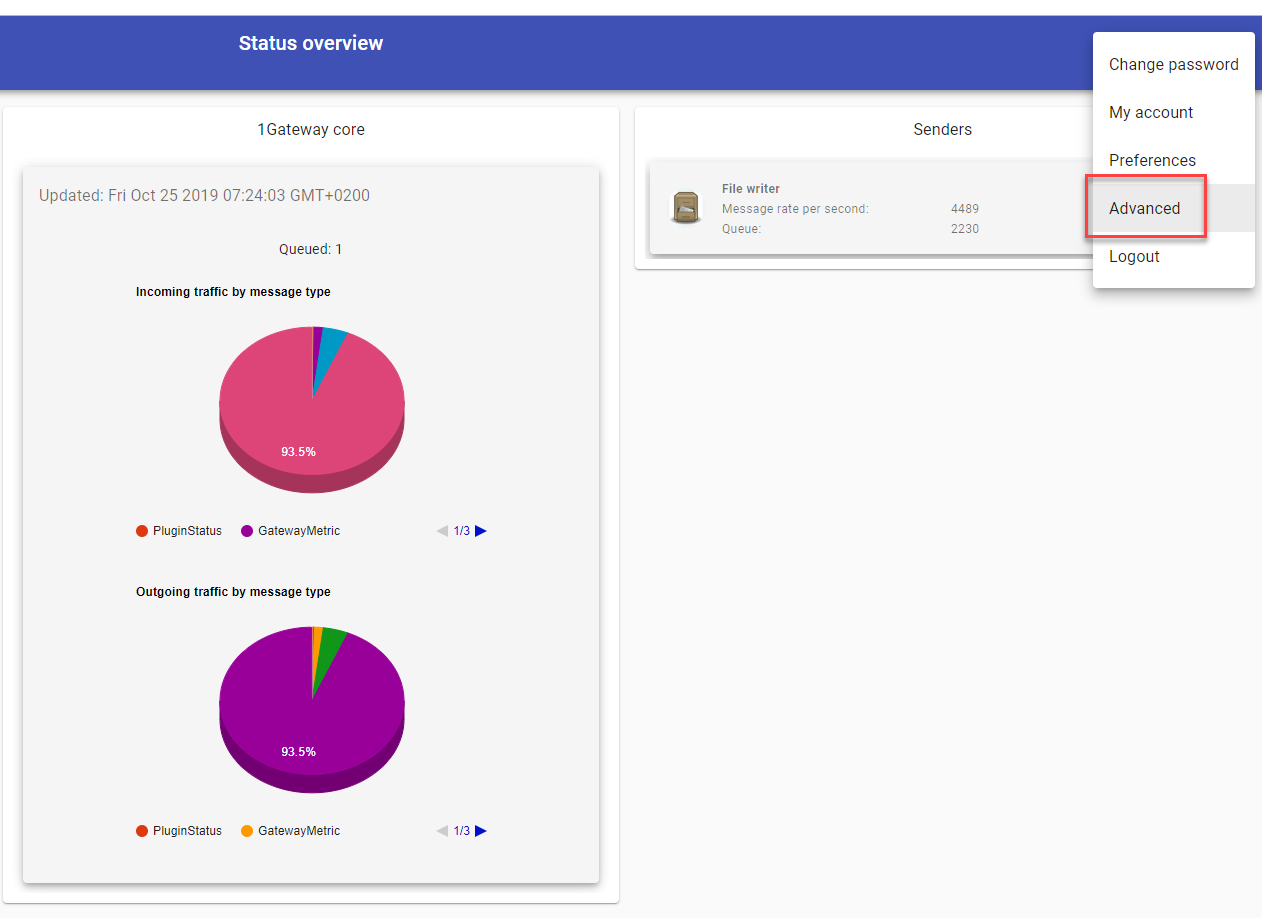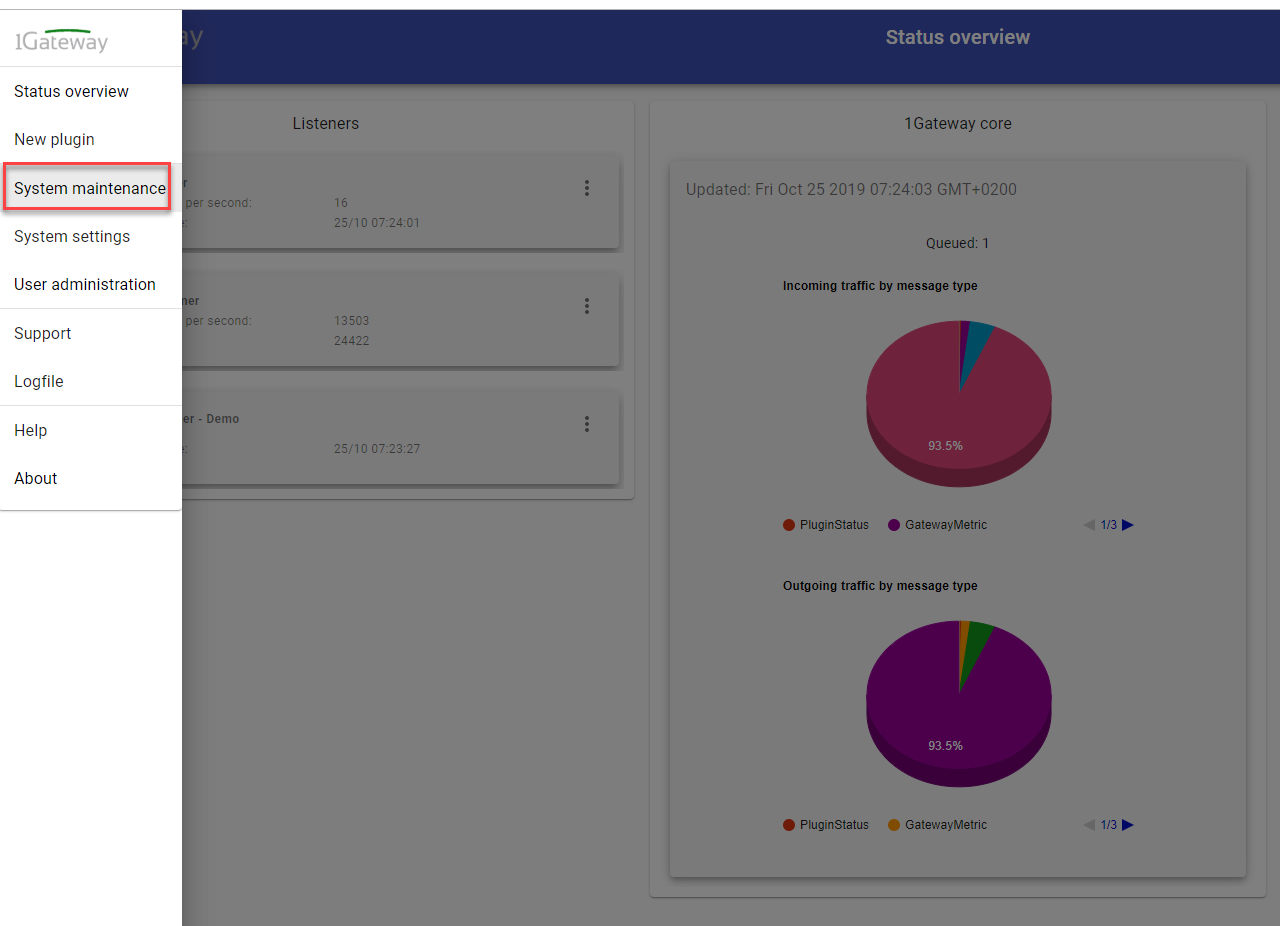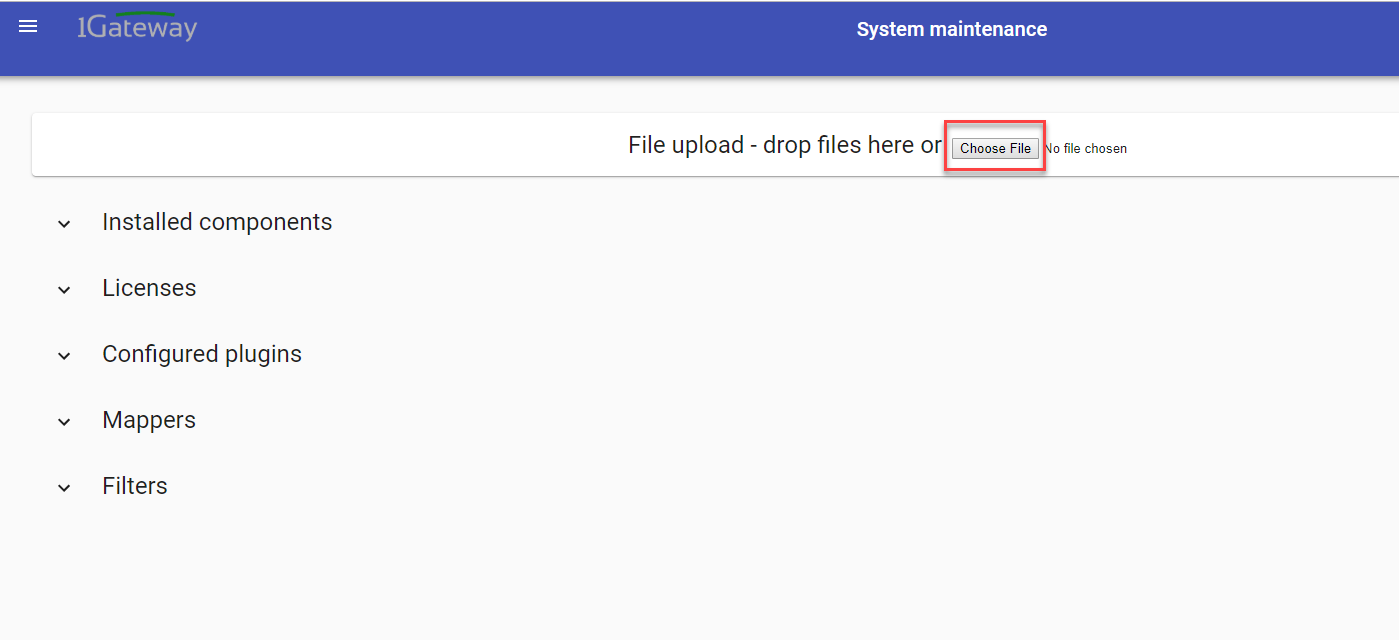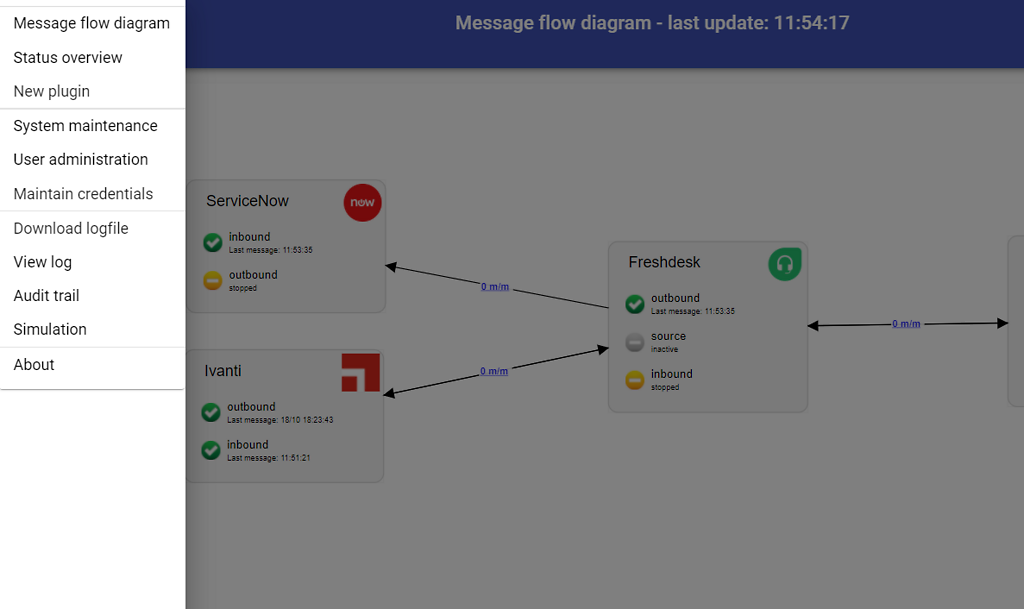Database Sender
Description
The SQL Database sender sends messages (events and metrics) from 1Gateway into a database table that is already defined, using a JDBC connection. The messages will appear as rows in a database table. To insert messages in multiple tables, more than one instantiation of the SQL Database sender plugin is needed.
Prerequisites
The JDBC driver for the database has to be installed in the 1Gateway data/lib directory (File Upload into System Maintenance - 1Gateway restart is required).
Database | JDBC Driver Provider | JAR file name | Download |
MySQL | Oracle Corporation | mysql-connector-java-VERSION.jar | |
SQL Server | Microsoft Corporation | mssql-jdbc-8.2.2.jre8.jar | |
Oracle | Oracle Corporation | ojdbc6.jar, ojdbc7.jar, ojdbc8.jar | |
The PostgreSQL Global Development Group | postgresql-VERSION.jar | ||
SQLite | sqlite-jdbc-VERSION.jar |
The database table into which the data is imported must exist. If it does not exist, it must be created.
Installation
Make sure you have the 1gateway zip file that includes the plugin files and valid licences information ready. This file has been provided to you with the installation files.
1 - Login

Login to 1gateway, and make sure you are in "Advanced mode". If this is the first time you log in, the default user and password are both 'admin' (without the quotes).
2 - System Maintenance

Click on the menu icon and choose the option "System maintenance"
3 - Upload file

In the System maintenance view you can either drag and drop the downloaded zip file or select it by clicking the "choose file" button.
4 - Restart

After the upload installation will be confirmed. Restart 1Gateway to ensure any locked files are updated.
Configuration

Open the main menu and click on "New plugin"

Select the plugin you want to configure. Use the Filter field if needed.
Field name | Supported values | Description | Required | Example |
|---|---|---|---|---|
| Connection string | Valid connection string | Connection string to the database | No, if other fields defined | jdbc:sqlserver://localhost:1433;user=sa;password=abc123;databaseName=TestDB; jdbc:sqlite:C:\\Temp\metric.db |
Databse host | Any string | Host where the database is | No, if connection string is defined | localhost |
Database port | Any string | Port number | No, if connection string is defined | 1433 |
Database type | Any string | Database type | No, if connection string is defined | sqlserver, sqlite |
Database user | Any string | Database user | No, if connection string is defined | sa |
Database password | Any string | Database user's password | No, if connection string is defined | abc123 |
Database name | Any string | Database name | No, if connection string is defined | TestDB |
Database table name | Any string | Database table name | Yes | TestTable |
| Script to run before insert | Filename | Filename of script to run before inserting message into database | No | beforeScript.sql |
| Script to run after insert | Filename | Filename of script to run after inserting message into database | No | afterScript.sql |
If a connectionString is defined, the rest of the parameters don't have to be set, and will be ignored. If no connectionString is set, the rest of the parameters have to be defined. To properly configure the database sender, a mapper is needed. The mapper needs to include mappings to convert fields from normalized messages to field names that match the table column names.
Example of a script file to run before inserting message:
CREATE DATABASE 1gateway;
use 1gateway;
CREATE TABLE 1gateway.metrics(
device VARCHAR(255),
ci VARCHAR(255),
timestamp VARCHAR(255),
value VARCHAR(255),
metrictype VARCHAR(255)
);
select * from 1gateway.metrics;See also